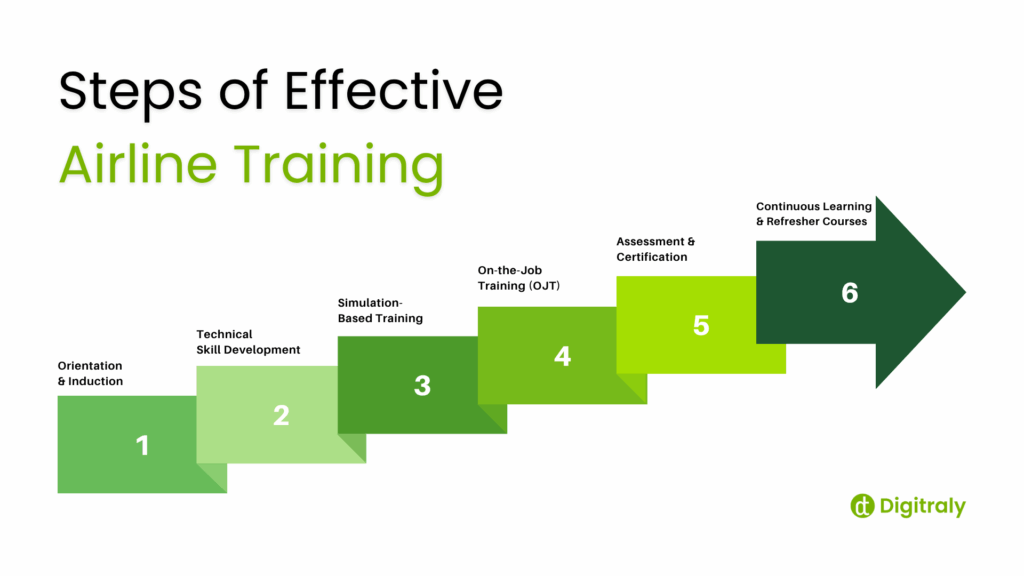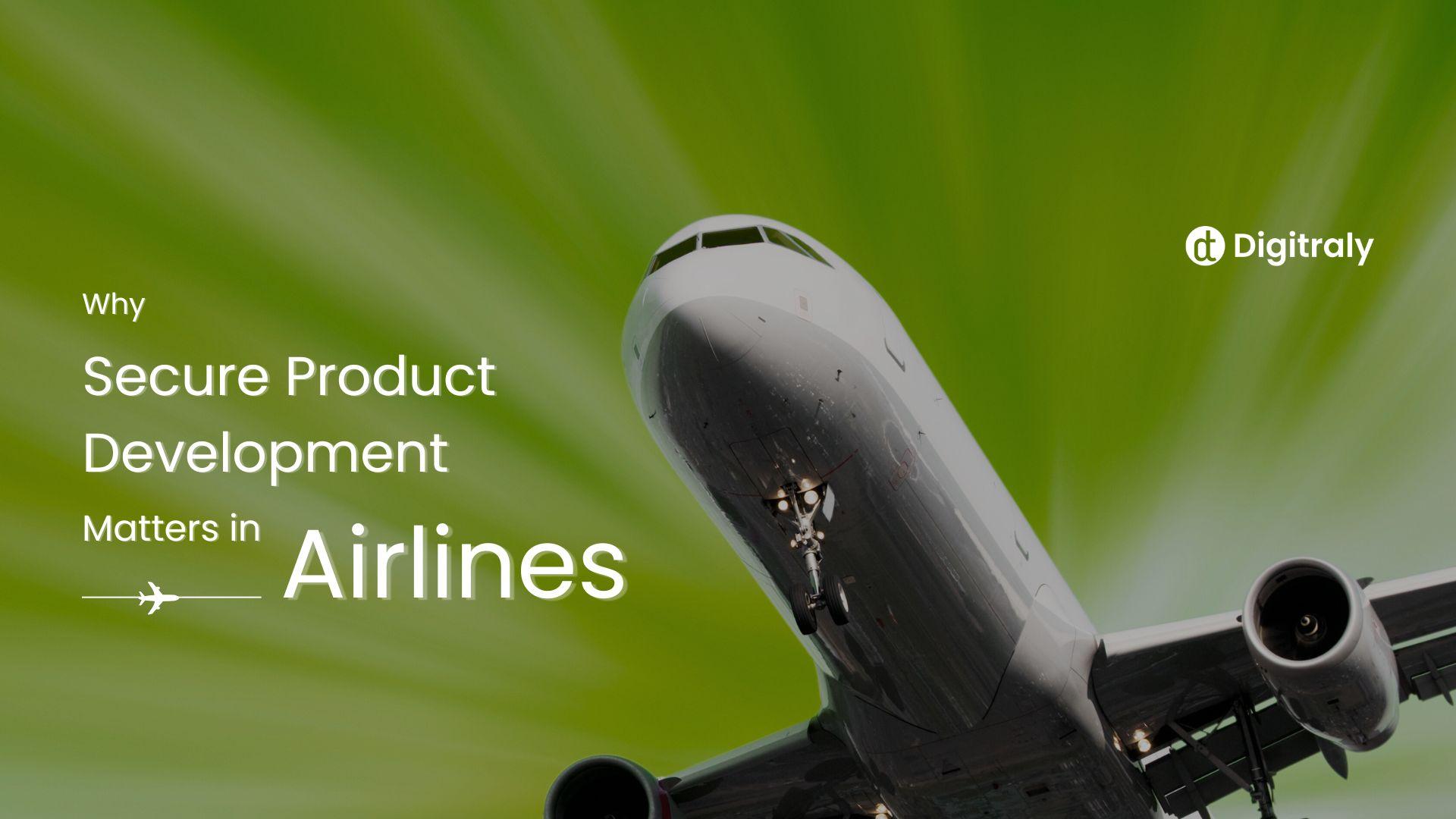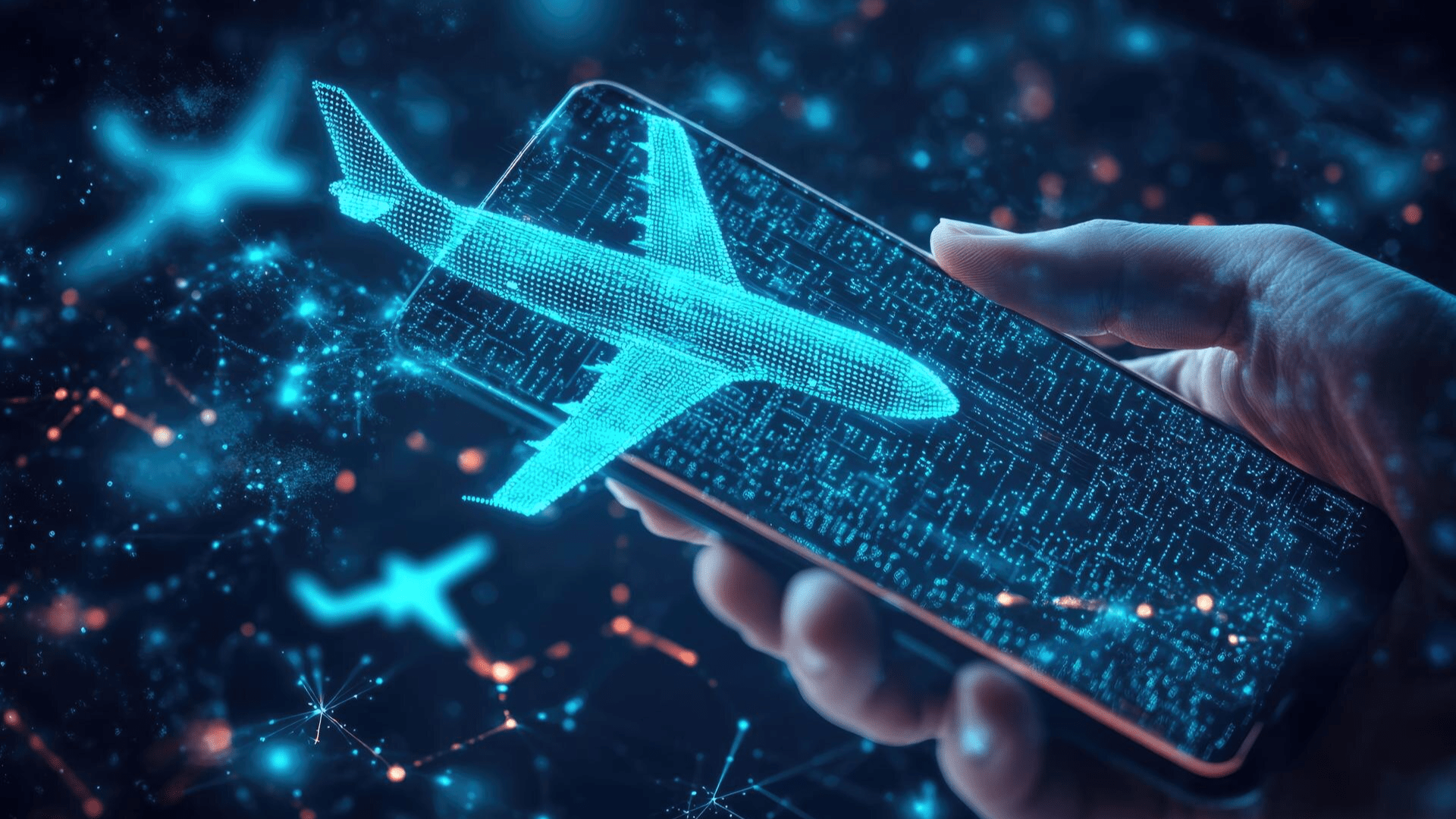As technology advances, human readiness must keep pace. Modern, structured training supported by automation and simulation tools is helping airlines close this gap, strengthen safety culture, and build trust. The future of safe skies depends not just on better machines, but on better-prepared people.
From process automation for airlines to simulation-based learning and continuous performance tracking, we’ll uncover how airlines can strengthen operational reliability, reduce risks, and foster a culture of trust through smarter, digital airline training.
Steps of Effective Airline Training
A structured training program is the foundation of a safety-first airline. Effective training is not a one-time event but a multi-step process designed to build knowledge, skills, and confidence progressively:

Orientation and Induction
New employees receive an overview of company policies, safety procedures, and regulatory compliance standards. This step ensures that every team member understands the airline’s safety culture and expectations from the outset.
Technical Skill Development
Pilots, engineers, and ground staff undergo detailed technical training tailored to their roles. This includes aircraft systems, maintenance protocols, emergency response procedures, and handling of unusual scenarios. For cabin crew, this stage focuses on first aid, passenger management, and in-flight emergency drills.
Simulation-Based Training
Simulators replicate real-world situations—such as engine failures, turbulence, and medical emergencies—allowing employees to practice responses in a controlled environment. This step enhances decision-making skills and reinforces procedural knowledge without risk to passengers or aircraft.
Orientation and Induction
After simulations, employees gain hands-on experience under the supervision of experienced professionals. Pilots fly with experienced instructors, cabin crew perform service under guidance, and ground teams manage real operations with mentors ensuring compliance with safety standards.
Assessment and Certification
Evaluations at multiple stages measure competency, knowledge retention, and ability to handle unexpected scenarios. Employees receive certifications upon successful completion, ensuring they meet both company and regulatory standards.
Continuous Learning & Refresher Courses
Safety is an ongoing commitment. Airlines implement recurrent training, scenario-based workshops, and refresher modules to keep skills sharp and knowledge up to date with new regulations and emerging technologies.
Training for Safety: The Airline Imperative
Employee training directly impacts safety outcomes. A well-trained workforce can anticipate risks, respond to emergencies, and minimize human error. According to global aviation studies, human error remains a significant factor in incidents—making robust training programs a non-negotiable investment for airlines.
Key safety-focused training principles include:
Consistency Across Roles
Every team member, from pilots to ground staff, follows standardized procedures and protocols. Uniform knowledge ensures smooth coordination during critical situations.
Scenario-Based Learning
Exposure to a wide range of simulated emergencies prepares employees for the unexpected. Scenarios are updated regularly based on historical data and emerging risks.
Regular Skill Assessment
Competency checks and certifications ensure that staff maintain high safety standards throughout their careers. Feedback loops allow continuous improvement.
Integration of Technology
Training tools such as AI analytics, VR simulators, and interactive dashboards provide immersive experiences and measurable insights into employee performance. This approach aligns with digital transformation in airlines and airline digital solutions initiatives.
Digitraly’s Technology For Airline Training
Investing in advanced employee training is not just about compliance; it is about transforming safety into a competitive advantage. Airlines that embrace structured, technology-driven training experience fewer disruptions, reduced incidents, and stronger passenger trust.
Digitraly, a next-generation airline IT solution, empowers pilots, cabin crew, and ground staff with immersive simulations, smart analytics, and continuous learning for safer, more efficient operations.
With Digitraly, your airline can:
• Enhance operational safety through data-driven, scenario-based learning.
• Boost efficiency and accuracy with automated tracking and digital progress dashboards.
• Reduce training costs by integrating cloud-based modules that scale across departments.
• Ensure compliance with global aviation safety and regulatory standards.
Safety is not an expense; it is a long-term investment in trust and operational excellence. With Digitraly’s cutting-edge airline digital transformation solutions, you can modernize how your airline prepares its people, minimize risks, and optimize performance across every flight.
In aviation, safety begins with people—and well-trained employees are the wings that keep airlines flying safely.



